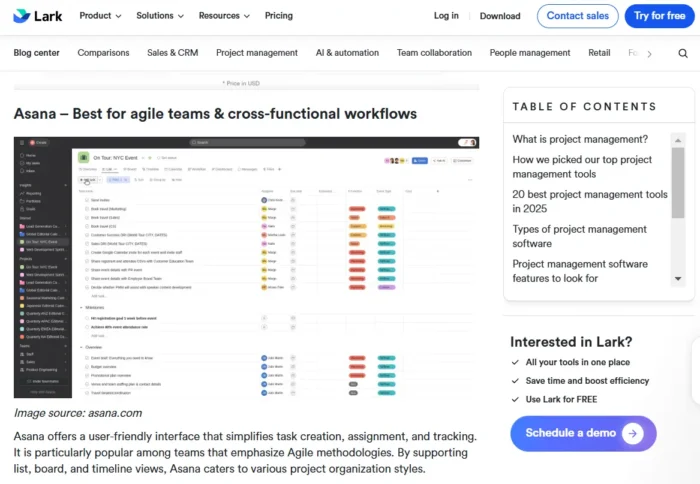Abta urges members to prepare for new European travel rules in November
EU home affairs commissioner confirms target date for Entry/Exit System

Abta is encouraging members to understand what the new EU Entry/Exit System (EES) will mean for customers and businesses now its start date has been confirmed.
EU home affairs commissioner Ylva Johansson said in a speech that the new travel rules are targeted to come into force on November 10.
She also indicated that the European Travel Information and Authorisation System (Etias) is on course to be introduced next spring.
More: British travellers to Continent ‘face €7 EU visa waiver’ by next summer
Comment: What does the EU Entry/Exit System mean for travellers?
Introduction of EU Etias scheme delayed until mid-2025
Luke Petherbridge, Abta public affairs director, said: “It has now been confirmed by the EU that the target date for launching the Entry/Exit System (EES) is November 10.
“It is really important that the industry takes the time now to understand the new EES system, and what it will mean for their customers and their businesses.
“We’ll also be running a conference call for members about EES in September.
“We are working closely with the European Commission and UK government to establish the next steps for their communications plans and will update members as and when there is more information.”
Abta has information for members in the Abta MemberZone, as well as for consumers.
Last month, it was reported that the introduction of new European Union border controls had been delayed again, following fears of delays during the October school half-term holidays.
The new system had originally been due to start in May but had been delayed until October because of IT problems and lobbying by French officials because of preparations for the Olympics.
Under the EES, all passengers without EU passports will be required to have their fingerprints registered and their pictures taken on arrival.
The new system will add two to three minutes processing time per passenger, up from the present 45 seconds.
Julia Lo Bue-Said, chief executive of the Advantage Travel Partnership, warned that the start of EES and Etias will add “significant complexities” for many travellers.
“It is vital that the travel industry is prepared for the introduction of new processes and that there is a smooth and efficient process for border staff to implement the new measures whilst minimising any disruption to travellers on their journeys and avoid travel chaos,” she said.
“To avoid significant details at airports and ports, it remains critically important that the government initiates a clear and robust communication strategy to ensure no one is left with any degree of uncertainty.
“There are already working groups in place cross industry and government and as we get close to the date this will require even more scrutiny.
“Right now, there is very limited public awareness of what this means for anyone expecting to travel to Europe from outside the EU and as we get closer to launch date and key travel periods clear and transparent communication will be vital.
“The risk of confusion, delays and anxiety all remain a significant worry as anyone who does not purchase an Etias before travel to the EU will not be allowed entry, and under the EES, all passengers without EU passports will be required to have their fingerprints registered and their pictures taken on arrival in the bloc.
“However, with this information valid for the next three years of travel, we then hope to see the use of automated border control checks and self-service systems increase the speed of processing times and improve the overall experience for all travellers.
“We expect the EES to be a small addition to the process of travel and have minimal impact on the incredibly strong demand we are seeing for travel this year from consumers.”
Picture: NFstock/Shutterstock

 Troov
Troov 
































